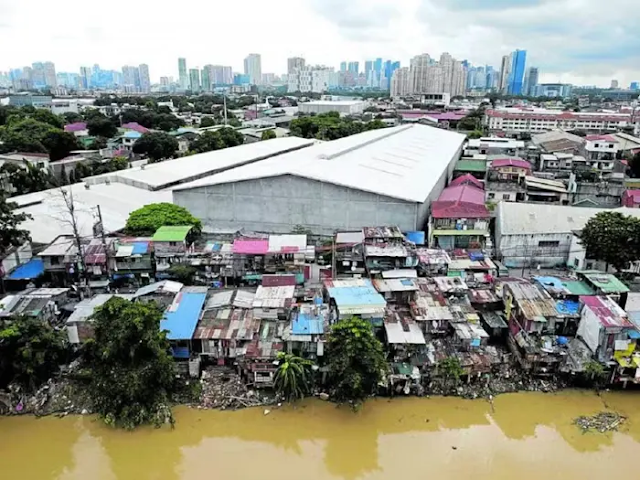Development of Greater Manila Bay area pushed
The Philippine Star
August 24, 2024
MANILA, Philippines — The development of the Greater Manila Bay area similar to the Guangdong-Hong Kong-Macao Greater Bay Area is being pushed to enable the Philippines to attract more investments, according to the Filipino-Chinese Chambers of Commerce and Industry (FFCCCII).
During the Manila Forum for Philippines-China Relations, FFCCCII president Cecilio Pedro said China Ambassador Huang Xilian has proposed to Filipino-Chinese businessmen the development of the Greater Manila Bay area.
“He saw there is potential because we’re linking up Bataan and Cavite. So in between is the greater Manila and Bulacan,” Pedro said.
He said FFCCCII believes this can help bring more investments in the area.
The Guangdong-Hong Kong-Macao Greater Bay Area is composed of Hong Kong, Macao and nine cities in the Guangdong province such as Guangzhou, Shenzhen, Zhuhai, Foshan, Huizhou, Dongguan, Zhongshan, Jiangmen and Zhaoqing.
The Greater Bay Area is built around economic centers in the Pearl River Delta in Guangdong Province, including the former European colonies Hong Kong and Macau as well as the manufacturing powerhouse of Shenzhen.
It is being developed to fully leverage the advantages of the areas covered, facilitate integration in the region and promote economic development.
The Greater Bay Area in China has a $1.98-trillion gross domestic product, making it among the fastest-growing regions in China.
While the Philippine government is pushing for the development of the Luzon economic corridor with the support of the United States and Japan, Pedro does not see any issue in also undertaking the development of the Greater Manila Bay area.
“The more, the merrier,” he said.
He said attracting investments in many areas will help create jobs.
The development of the Luzon economic corridor is an outcome of the Trilateral Leaders’ Summit of the US, Japan and the Philippines held last April.
It also forms part of the Partnership for Global Infrastructure and Investment, an initiative of the Group of Seven or G7 to advance public and private investments in sustainable, inclusive, resilient and quality infrastructure.
Among the projects being planned to support the development of the Luzon economic corridor are the Subic-Clark-Manila-Batangas Railway System, the Clark International Airport expansion and the Clark National Food Hub.
The National Economic and Development Authority (NEDA) has proposed 21 projects with an initial cost estimate of P2.126 trillion that the US and Japanese governments may consider to support for the development of the Luzon economic corridor.
NEDA Undersecretary Joseph Capuno earlier said the agency, together with the Department of Transportation, presented 21 projects that may be considered for financing and support during the steering committee meeting for the Luzon economic corridor last May,
Of the 21 projects, he said 12 have a combined cost estimate of P2.126 trillion, while the cost of the nine other projects have yet to be determined.
NEDA Secretary Arsenio Balisacan said the projects that would become part of development of the Luzon economic corridor could get another source of funds and be implemented faster, based on readiness.












